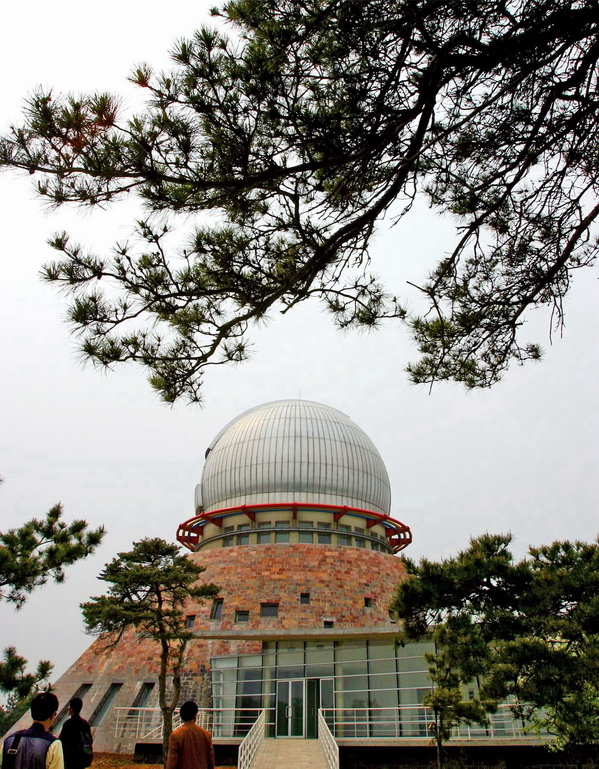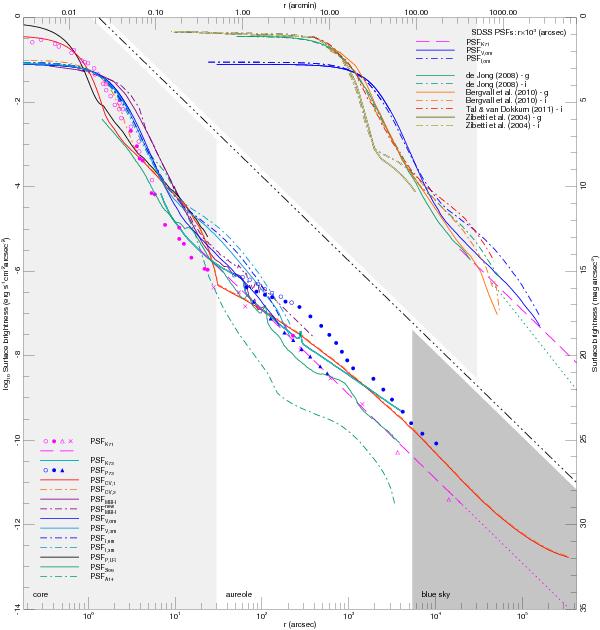Astronomical transient events are interesting objects for time domain astronomy. It normally includes astronomy objects or phenomenon whose duration time scale are from seconds to days, weeks or even years. We are particular interested in transients with very short time scale, include: supernovae, novae, gamma-ray bursts, tidal disruption events, gravitational microlensing, eclipses and fast moving targets. We develop new instruments, new observation and post-processing methods for these fast variation transient targets.

In this post, we will introduce our recent progress in fast variation transient classification for wide field small aperture telescopes (WFSAT). Because WFSATs have very small apertures and are working in white light mode to increase detection ability, the commonly used difference image method is not practical. For us, we will scan the observation images with some source extraction software, such as SExtractor, and we can obtain lots of star images. We will compare the coordinate of these images with the star catalogue and identify the unknown targets as transients. However, artefacts generated by background variation, hot pixel or cosmic ray will be introduce a lot of false alarms. So we will extract the star images from the original observation images and then classify them with some algorithms. The commonly used method is random forest method, which will use some features designed by experts for classification. But these features are instrumentation related (different telescopes have different features or the same feature with different parameters) and will change when observation condition changes. Neural network (NN) can be used to learn these features directly and when the observation condition changes, we can further train the NN with newly observation data.

In our paper -- Optical Transient Objects Classification in Small Aperture Wide field Telescopes with Deep Neural Network, we analysed two transient classification methods based on the convolutional neural network (CNN) and the recurrent neural network (RNN).
The CNN is influenced by the Deep-HiTS developed by Cabrera-Vives et al. and we have modified it according to our data property as shown below.

The RNN assumes transient images as one dimensional signals and classify them according to their overall grey scale difference with the long short term memory (LSTM) layers.

Before I designed the transient classification algorithm, I knew that the point spread function of WFSATs has a very large aureole region which is caused by the scattering in the atmosphere and telescope. The RNN should be able to identify these small variations caused by the aureole region, because it assumes the grey scale as ‘word’ in the transient candidate image ‘book’. Meanwhile, CNN as a classical image classification method, should be able to classify different transients quite well.

The results show that the RNN is better to classify transient images with different shape (star-like transient and streak-like transient), while the CNN is better to classify between artefacts and different transients.


Based on this result, we further propose to ensemble these two classifiers to get a more robust classification method. We indeed improve our classification accuracy with this method (from 94% to 97%) for newly observed data.

Very dim objects that are never extracted by SExtractor have not been tested with our algorithm, however, we found that they can also be classified by our algorithm. The next work for us, would be developing a NN based image detection method.(To be continued)
The Code developed in this work can be downloaded below. However, the users should be aware, this software follows the CC-ND licence. Our work is supported by National Natural Science Foundation of China (NSFC)(11503018), the Joint Research Fund in Astronomy (U1631133) under cooperative agreement between the NSFC and Chinese Academy of Sciences (CAS) and Scientific and Technological Innovation Programs of Higher Education Institutions in Shanxi (2016033).
